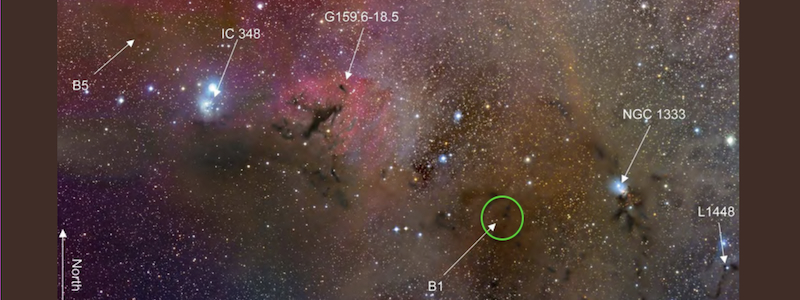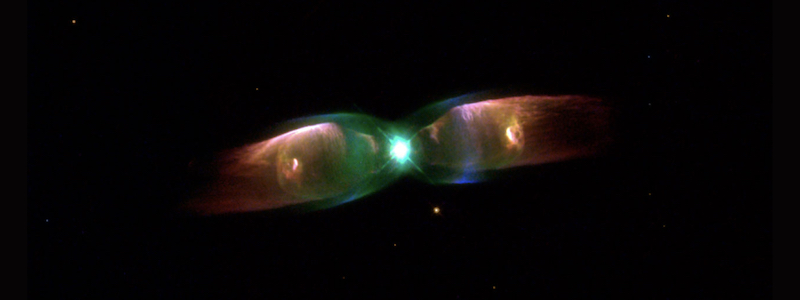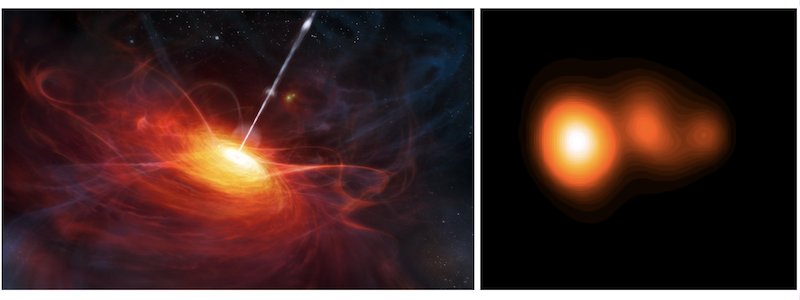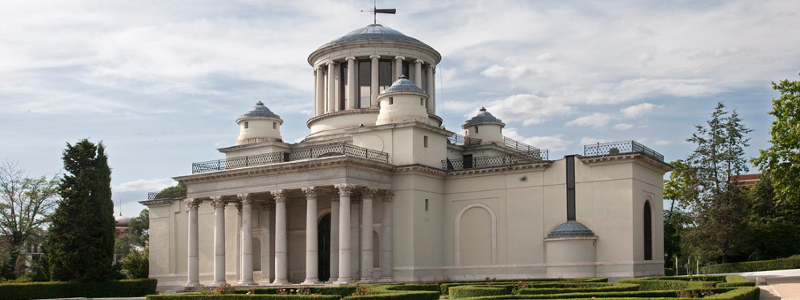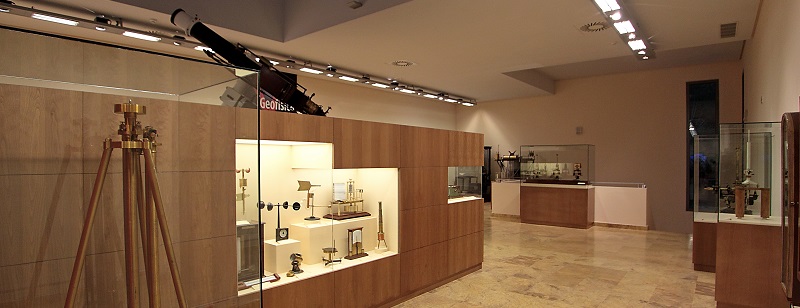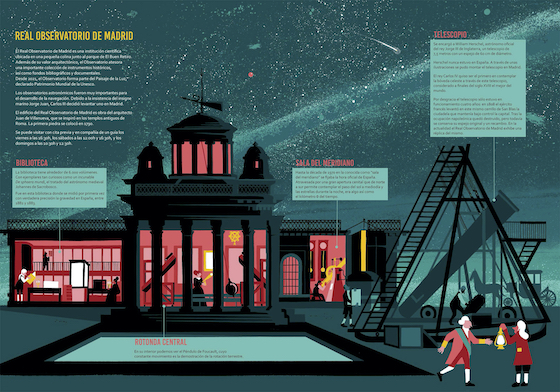Observatorio Astronómico Nacional
Infraestructura científica con más de 200 años

El Observatorio Astronómico Nacional
El Observatorio Astronómico Nacional (OAN) es una institución científica, con más de 200 años de historia, cuya actividad se desarrolla en el campo de la astronomía. Para un recorrido histórico desde los orígenes del Observatorio hasta las labores de investigación que se llevan a cabo hoy en día, puede consultarse este artículo de Rafael Bachiller, Director del OAN.
Los trabajos de investigación del OAN están estructurados en seis áreas bien definidas que se abordan principalmente mediante observaciones de radioastronomía:
-
Formación de estrellas.
-
Astroquímica.
-
Medio interestelar.
-
Estrellas evolucionadas.
-
Galaxias externas.
-
Interferometría de muy larga base.
Para desarrollar estos trabajos se utilizan radiotelescopios emplazados en distintos lugares del planeta: el radiotelescopio de 40 metros del Observatorio de Yebes (Guadalajara) y las redes de interferometría de que forma parte (entre ellas la Red Europea de VLBI, EVN); el radiotelescopio de 30 metros situado en Pico Veleta (Granada) y el interferómetro NOEMA del Plateau de Bure, en los Alpes franceses, pertenecientes ambos a IRAM; y el interferómetro ALMA emplazado en el desierto de Atacama (Chile).
El OAN, a través del Instituto Geográfico Nacional, ha participado en la creación y funcionamiento de instituciones astronómicas de carácter internacional como el Instituto hispano-franco-alemán de Radioastronomía Milimétrica (IRAM) o el Consorcio Europeo para la Interferometría de Muy Larga Base (EVN/JIVE), en los que se llevan a cabo las investigaciones científicas y los desarrollos tecnológicos más punteros en el campo de la astronomía y en sus aplicaciones a la geodesia.
El OAN hace una gran inversión de personal y medios en la conservación y promoción de su valioso patrimonio arquitectónico y de su instrumentación histórica en el Real Observatorio de Madrid. El más antiguo de sus edificios, el “Villanueva”, uno de los más interesantes exponentes de la arquitectura neoclásica española, fue declarado Bien de Interés Cultural, con categoría de Monumento, mediante el Real Decreto 764/1995, de 5 de mayo. Desde 2021, el Real Observatorio de Madrid forma parte del Patrimonio Mundial de la UNESCO dentro del “Paisaje de la Luz”, que abarca el eje Prado-Retiro. Con ello, la UNESCO ha reconocido la relevancia de aunar, en un entorno urbano, naturaleza, cultura y ciencia desde mediados del siglo XVI hasta nuestros días. El Real Observatorio representa el valor que en época de Carlos III se asignó a las disciplinas científicas en el siglo XVIII.
Como parte del esfuerzo por la conservación y promoción del patrimonio, se ha llevado a cabo una espectacular réplica del telescopio de casi 8 metros de distancia focal, construido en 1796-98 por uno de los más grandes astrónomos de la historia, William Herschel (1738-1822), y que fue uno de los mayores telescopios del mundo. También cabe destacar la construcción e instalación de la Sala de Ciencias de la Tierra y del Universo, donde se muestra la valiosa colección de instrumentos antiguos del Observatorio, y del conjunto del IGN.
El Real Observatorio de Madrid atesora también un importante patrimonio bibliográfico en su biblioteca. En este enlace puede consultarse el catálogo de las obras incluidas en el Catálogo Colectivo del Patrimonio Bibliográfico. Para restringir la búsqueda a nuestra biblioteca, en el menú desplegable "Consultar el catálogo de" se puede seleccionar Madrid > Madrid > Real Observatorio de Madrid.
El archivo documental histórico del Real Observatorio de Madrid también puede consultarse en formato digital en este enlace. Contiene documentos históricos relacionados con el Observatorio desde 1843 a 1965, con series documentales que incluyen correspondencia, libros de registro y expedientes de eclipses de Sol, entre otras.
El OAN tiene encomendada la tarea de calcular las efemérides astronómicas, como ortos y ocasos, eclipses, conjunciones, etc, y es la institución responsable de proporcionar la información oficial en materia de astronomía a nivel nacional. Extiende los certificados de carácter oficial que puedan ser precisos para peritajes. Proporciona información sobre efemérides al público general tanto en esta página web como en su prestigioso ‘Anuario del Observatorio Astronómico de Madrid’.
El Anuario del Observatorio Astronómico de Madrid viene publicándose desde el año 1860 hasta nuestros días. Su principal objetivo es difundir la información oficial en materia de astronomía e intensificar la divulgación de esta ciencia. Contiene las efemérides astronómicas, las explicaciones de cómo hacer uso de ellas, catálogos sucintos de astros de interés para el observador aficionado y varios artículos de divulgación.
Además de promocionar el patrimonio del Real Observatorio, el personal científico del OAN imparte regularmente conferencias de divulgación en materia de astronomía, tanto dentro como fuera de sus dependencias, y publica artículos de ese carácter en libros y revistas de edición propia y ajena. También se realiza un esfuerzo por difundir información y noticias sobre astronomía en todos los medios de comunicación.

